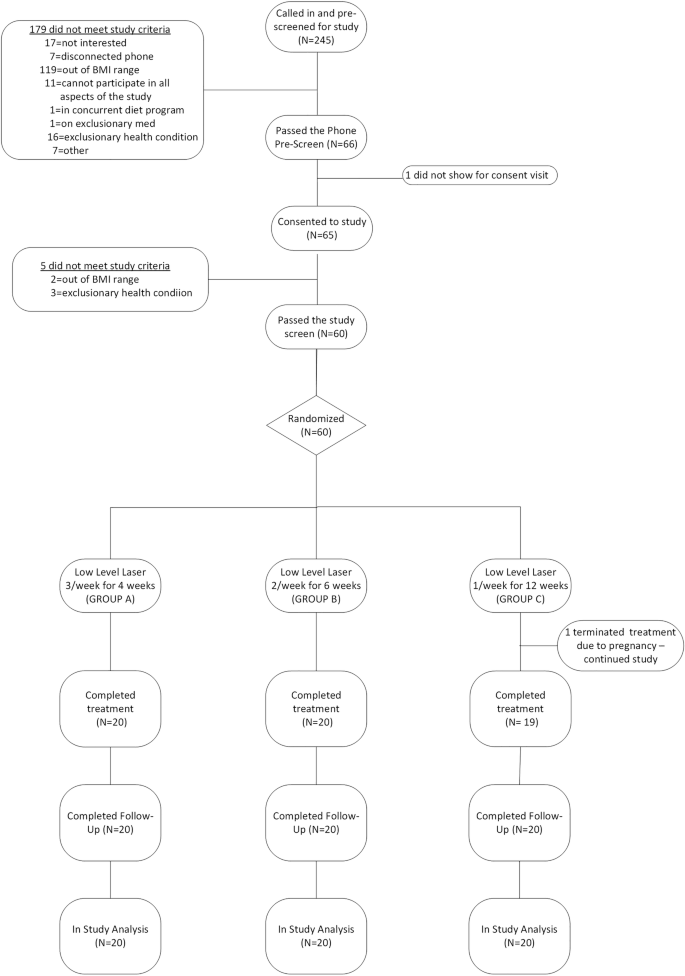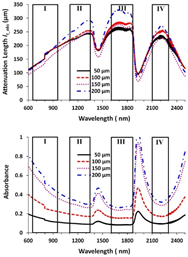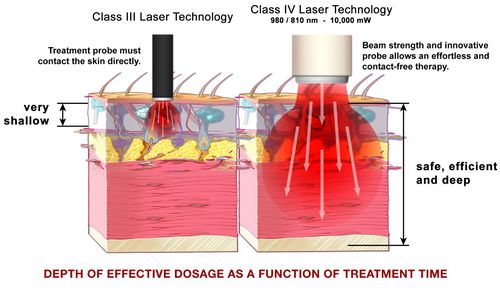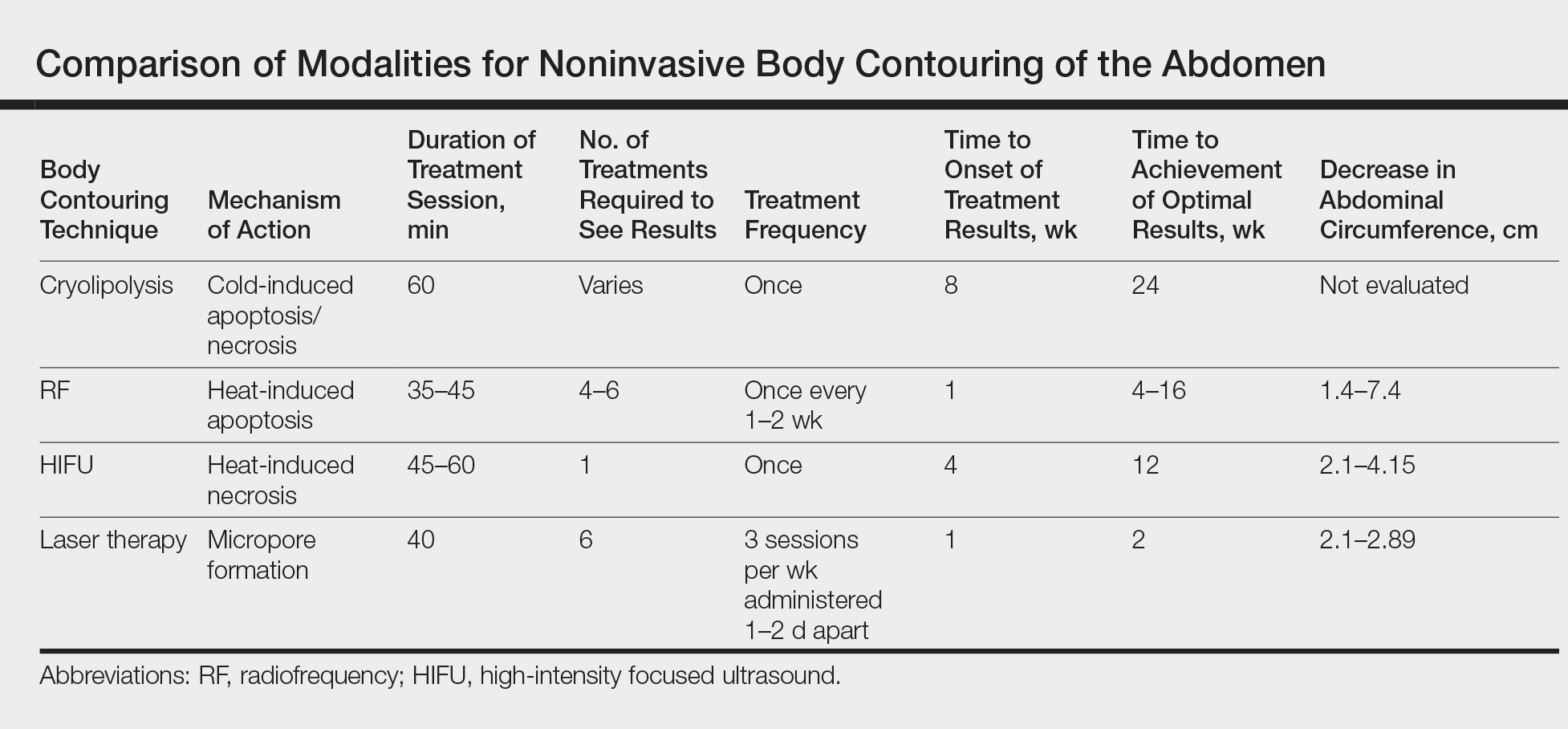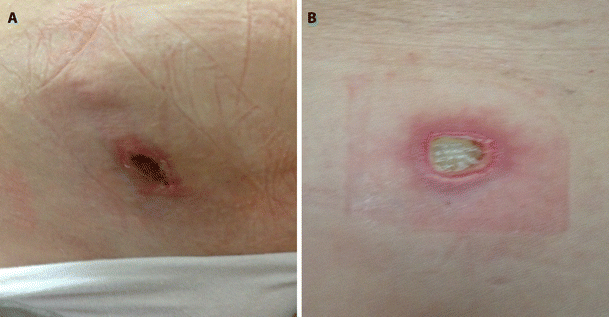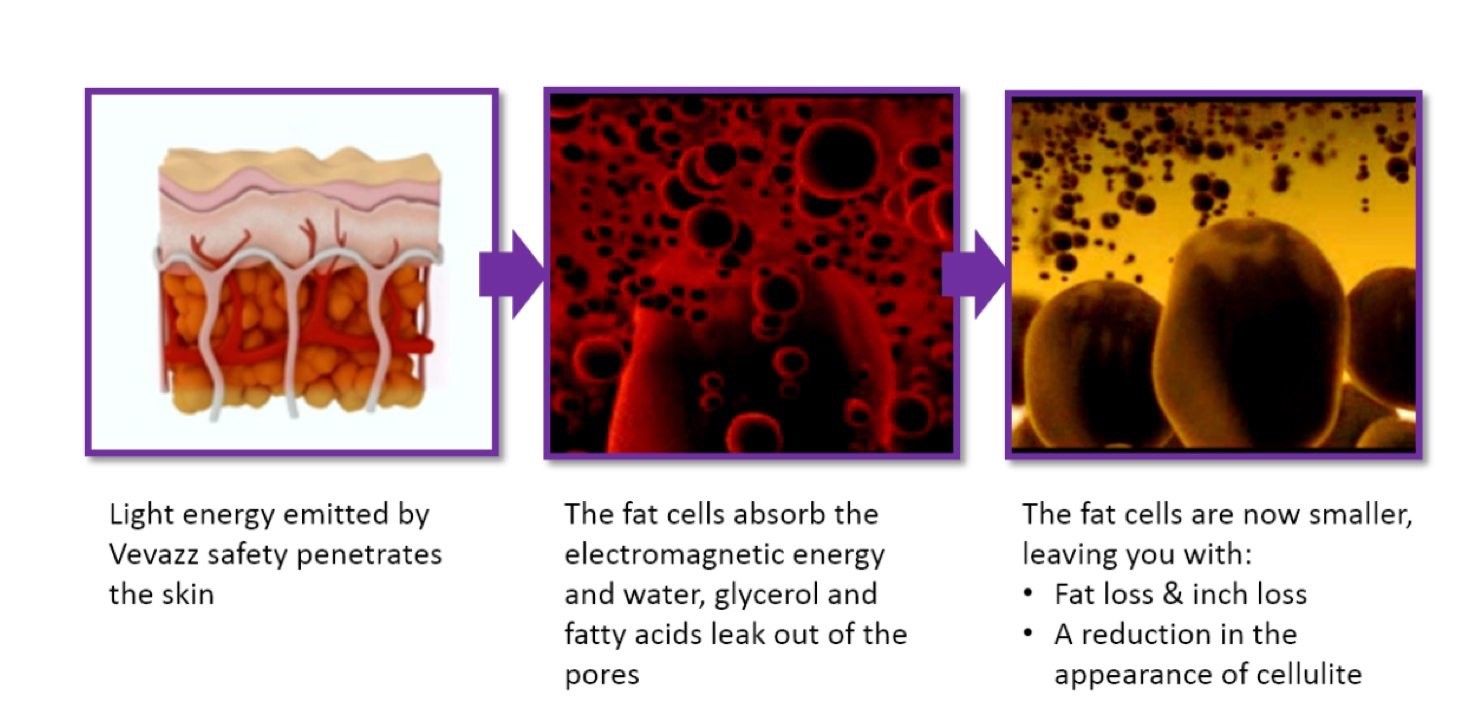Whereas high power lasers are used in laser medicine to cut or destroy tissue it is claimed that application of low power lasers relieves pain or stimulates and enhances cell function.
Low level laser therapy for fat layer reduction a comprehensive review.
Cold laser red light therapy device with display pain relief handhold low level infrared light for knee shoulder back joint and muscle pain reliever safe for pet 4 power 4 timer 4 3 out of 5 stars 64.
This study examined the effectiveness and mechanism by which 635 680 nm lllt acts as a non invasive body contouring intervention method.
Low level laser therapy for fat layer reduction.
The effects of lllt appear to be limited to a.
Review of transcranial photobiomodulation for major depressive disorder.
This study examined the effectiveness and mechanism by which 635 680 nm lllt acts as a non invasive body contouring.
Low level laser light therapy lllt is a noninvasive nonthermal approach to.
A comprehensive review pinar avci md 1 2 3 theodore t.
Within the last decade lllt started being investigated as an adjuvant to liposuction for noninvasive body contouring reduction of cellulite and.
Avci p nyame tt gupta gk et al.
Low level laser light therapy lllt is a noninvasive nonthermal approach to disorders requiring reduction of pain and inflammation and stimulation of healing and tissue regeneration.
Supports weight loss as well as fat and cellulite reduction.
Reduction in thigh circumference and improvement in the appearance of cellulite with dual wavelength low level laser energy and massage.
Low level laser therapy for fat layer reduction.
J cosmet laser ther.
A comprehensive review background and objective.
Request pdf low level laser therapy for fat layer reduction.
Low level laser therapy for fat layer reduction.
Low level laser therapy lllt is commonly used in medical applications but scientific studies of its efficacy and the mechanism by which it causes loss of fat from fat cells for body contouring are lacking.
Cassano paolo et al.
Gold mh khatri ka hails k et al.



